Bell Island, Newfoundland has a unique history that involves World War II, Canada’s supply of iron ore. It even has its own share of mystery. After visiting this past summer, I thought I’d take a deeper dive into the history of the Belle of the Bay: Bell Island.
I recently visited Newfoundland over the past summer for the first time since I was 10-years-old. It was just as wonderful as I remembered, and I fell in love with it all over again. My grandfather is originally from Bell Island, and we had the opportunity to visit some of his brothers and sisters while we were there.
It felt so good to be back, and I wanted to do something special to commemorate the trip and honour that side of my family. I created a similar project with the other side of my family with my Community Connection video of Vienna. My dream is to eventually write a book about my grandfather’s family, but for now, I’d like to dive into the history of the Belle of the Bay: Bell Island.
A Bit of a Back Story
In 1949, Newfoundland became the tenth and final province to enter Confederation. By 2001, an amendment was made to officially change the province’s name to Newfoundland and Labrador. Newfoundland has worn many hats: as a part of the Commonwealth of England and even for a short period of time, as its own dominion before becoming part of Canada.
Long before Newfoundland officially joined Canada, they played an integral part in both World Wars. They also became the backbone of a growing nation, with people travelling from far and wide to work in their booming fishing and mining industries.
Bell Island is a small island located in Conception Bay, Newfoundland. Unlike the province of Newfoundland, where there’s a more general idea as to when humans first inhabited the area, the same cannot be said for Bell Island. The earliest documented settlers can trace back to the early 1700s, but there’s not an exact date for when this population influx started.
First known as “Great Bell Isle,” there are three notable events I’ll be discussing in the island’s history: World War II, the closure of the Wabana Mines and the “Bell Island Boom,” along with my own family’s history in relation to Bell Island.
World War II
Newfoundland played a huge role in the Second World War, despite not officially joining Canada until a few years after the war’s end. The soldiers were known for their ferocity, loyalty and never-say-die attitude. Aside from fighting, Bell Island itself had a flurry of activity during WWII.
With the presence of the German Navy in Atlantic waters, the Newfoundland Militia was called into action. They were assigned to guarding vulnerable areas on the island, including the oil reserves in St. John’s and the Newfoundland Broadcasting Company’s radio station. The guards later moved to protect the coast of Bell Island and the Wabana iron mines. The majority of Bell Island’s ore was sent to Sydney, Nova Scotia, and represented around thirty percent of Canada’s productive capacity of steel at the time.
It’s common knowledge that German U-boats travelled as far as the St. Lawrence River to wreak havoc while the allies attempted to ship supplies overseas. The Canadians were concerned about the possibility of the enemy using bays along the coast as bases to attack their shipping ports. Two searchlights and defence guns were installed for protection.
Ultimately, this did little to help the eventual attacks against Bell Island. The anchorage used for bulk carriers sending iron ore to Europe was attacked on two occasions: September 5 and November 2, 1942. On September 5, four freighters loaded with ore were awaiting orders. Around noon, Saganaga, a British freighter, was struck by two torpedoes and sunk with seven crew members. Minutes later, the Canadian freighter Lord Strathcona was also hit. Thankfully, the crew had already abandoned the ship, and no one was hurt.
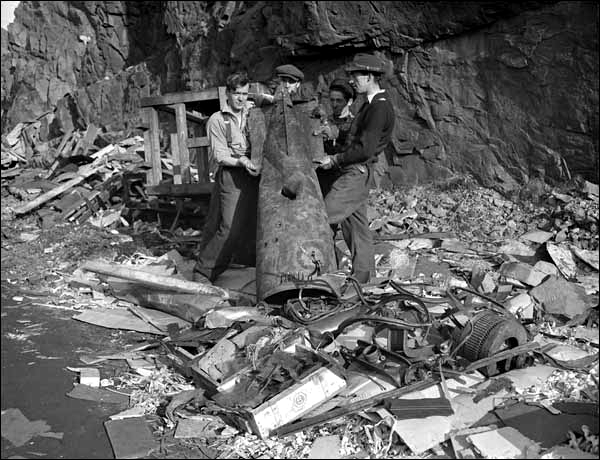
In the early morning of November 2, the Bell Island ore docks were hit again. This time it was the SS Rosecastle and The Free French ship PLM-27. The poor visibility helped shield the enemy U-boat as it made its way around the area. Over 70 lives were lost during these two tragic days.
On top of that, an errant German torpedo struck the Dominion Steel and Coal Company (DOSCO) loading dock, where iron ore was loaded onto ships. This makes Bell Island one of the only locations in North America to receive a direct attack from the German forces during WWII.
The Closure of the Iron Ore Mines
Mining began on Bell Island in 1895. Around 160 miners were employed, most either native to Bell Island or from the surrounding area of Portugal Cove. In December 1895, the first shipment of iron ore left Bell Island for Nova Scotia, which is where the majority was sent. Other smaller shipments went to the United States, Scotland, and later, Germany.
In 1899, a portion of the Scotia Company’s mining rights were sold to the Dominion Coal Company of Cape Breton. This move introduced the growth of the steel industry in Nova Scotia that was based upon the shipments of iron ore from Bell Island. By 1903, the lack of surface ore forced the two companies mining ore from Wabana to begin underground mining.
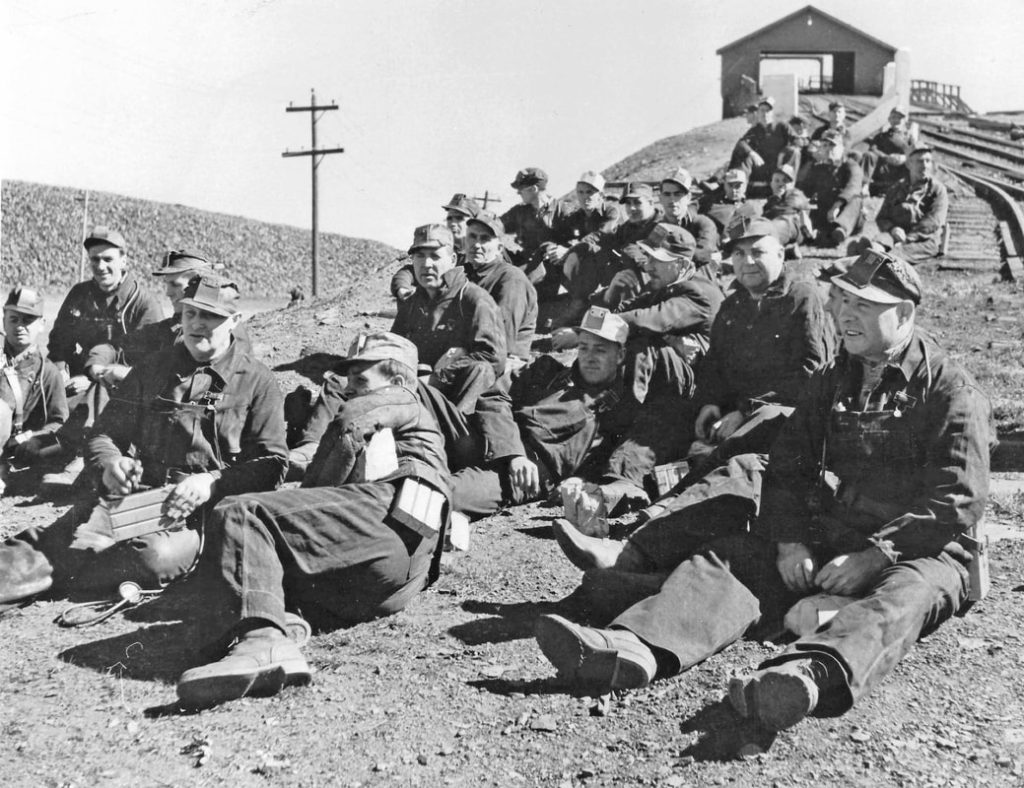
As time progressed, so did the technology surrounding mining operations. Around 1907, electricity replaced steam for most mine equipment. New infrastructure was also being built to introduce submarine mining over the next few years.
Events such as World War I and the Great Depression brought halts to Bell Island’s mining, but it would always come back stronger than ever. In 1927, a new contract with Germany was signed, bringing prosperity back to the industry. If not for Germany during the Depression years, the mines on Bell Island would’ve closed way earlier than expected.
One of the major eventual causes of the closure of the iron ore mines in Bell Island was the discovery of large surface ore deposits in northeastern Quebec and western Labrador during the 1950s. After these findings and the increase of cheaper foreign competition, the Wabana mines began closing one by one.
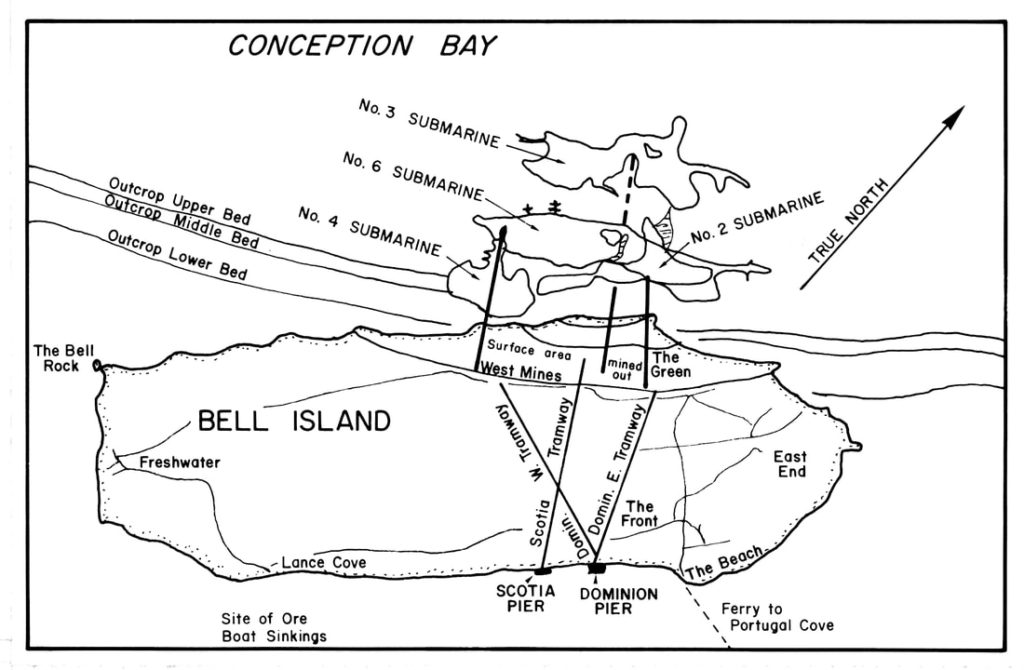
On June 30, 1966, the last submarine mine, No. 3, closed, which brought the end of mining on Bell Island after 71 years. In that time, around 79 million tons of ore had been shipped from the Island. Naturally, the resource-driven industry of Bell Island suffered, and a large number of people moved to St. John’s.
The Bell Island Boom
On April 2, 1978, a loud explosion occurred on Bell Island. Two cup-shaped holes were found in the ground that were measured at two feet deep and three feet wide. The explosion caused damages to homes and electrical wiring in the surrounding area, as well as some television sets in Lance Cove exploding at the same time as the blast.
At first, many thought a ball of lightning had been the cause of the blast. However, meteorologists claim that the atmospheric conditions at the time would not have been able to produce lightning. The boom could be heard 55 kilometres away in Cape Broyle.
This explosion and the strangeness behind it have led many to believe that it was a result of secret experiments by the Soviets or the U.S. government. Scientists from all over have investigated, and it’s now reported to have been a “superbolt” of lightning that caused the thundering boom.
Personal Ties to Bell Island
Bell Island was once a thriving area. At its peak, the island had around 12,000 residents. There were once around a hundred businesses open during Bell Island’s highest population years, including 18 schools, three churches, four halls, three hotels, over 30 shops, two theatres, a bank, a hospital and an arena.
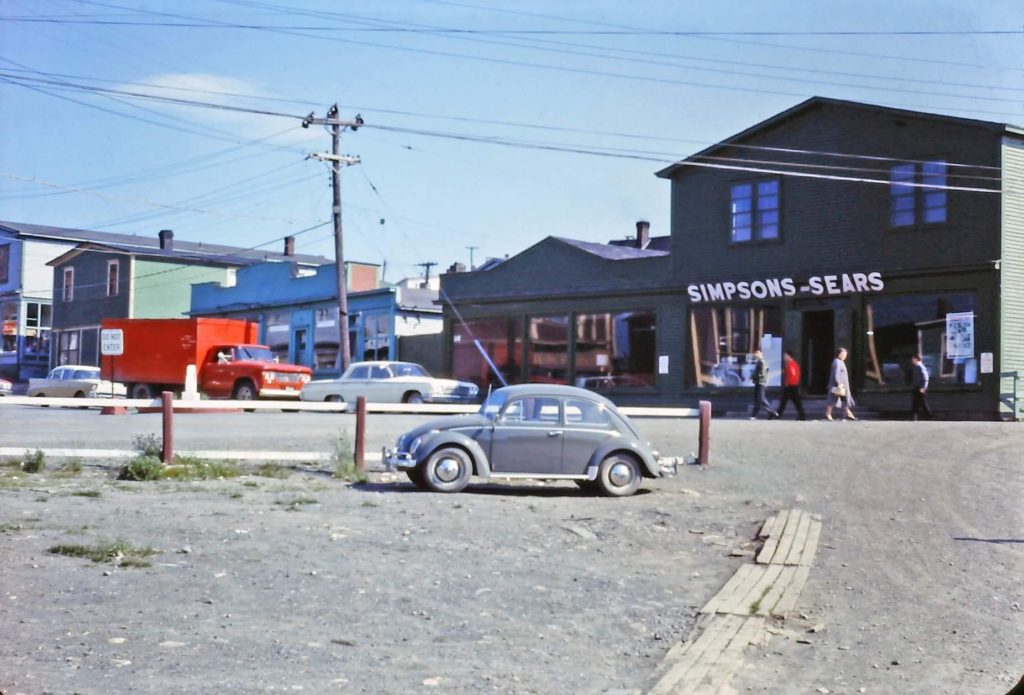
My grandfather has told me many stories of his time on The Rock. He loves bringing up the one about him and his brothers travelling around the island selling meat door-to-door when they were younger. One would drive while the other two would hop out and tackle opposite sides of the street, knocking on doors and selling as much as they could. My grandfather moved to Cambridge, Ontario, in the early 1960s to find work and start a family, but his heart remains in Bell Island even to this day.
The Stoyles family originally built their home in Lance Cove, Bell Island, during the 1930s. Today, the house still stands on Stoyles Road. It’s used mostly as a family home for those visiting from out of town. I’ve gotten the opportunity to stay there twice, and there’s truly nothing more special. Hearing my grandfather’s sleeping arrangements with his ten other brothers and sisters still blows my mind. The home now sits between both my great uncle and my second cousin’s house.
My family owned the Stoyles Meat Market on Bell Island, which was famous for its homemade sausage and white and black puddings. The store started as the family selling meat out of the front door to their home. It then moved around a few buildings to its eventual location on the main street of Wabana in the 1950s.
The store has since closed and been torn down, but a sign now remains where it once stood. As the sign reads, no visit to Bell Island was ever complete without a meal that included their homemade sausages and puddings. My great uncle Tom also opened his own store in 1984, closing it a few years ago.
The city of Cambridge, Ontario, also has some connection to my family. My great uncle Dick had a huge impact on the surrounding community. He opened his first business in Cambridge in 1967, closing it one month before his passing earlier this year. Dick’s businesses included a restaurant, a store and a catering business. He also helped found the Newfoundland Club, a banquet hall that has held weddings, parties and other events since 1976.
Several people moved from Bell Island to Cambridge to find work, especially once the iron ore mines eventually shut down. As mentioned earlier grandfather also moved to Cambridge where he met my grandmother before eventually settling in the small town where he still lives today.
Bell Island and Newfoundland in general will always have a place in my heart. In the future, I hope to be able to spend more time there, visiting my family and learning more about their interesting history.
Special thank you to my grandfather for providing me with a few books and stories of his time in Bell Island, my great uncle Tom and my second cousin Diane for providing me with important dates in the family’s history, and Gail Weir of Historic Wabana for providing me with additional information and photos of Bell Island.
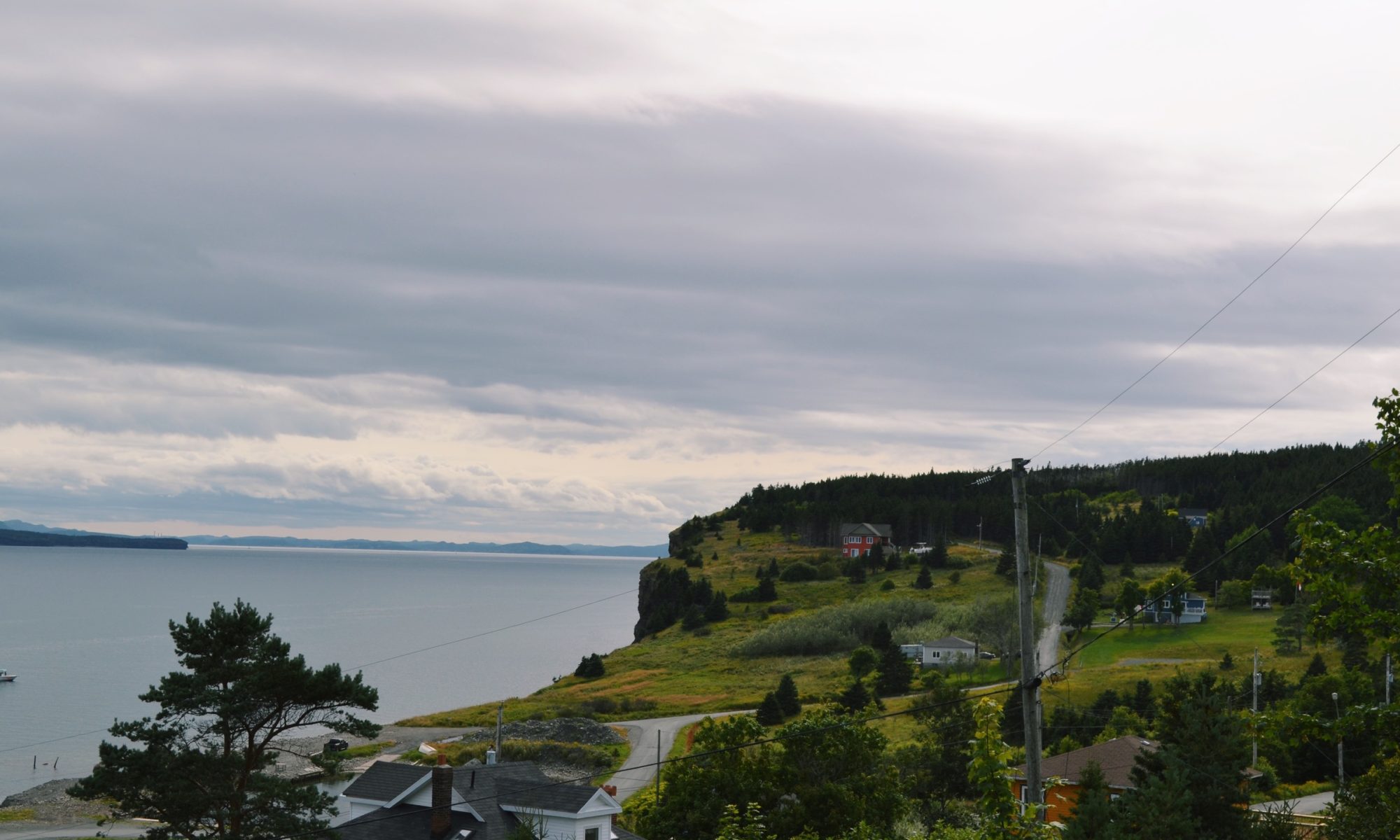
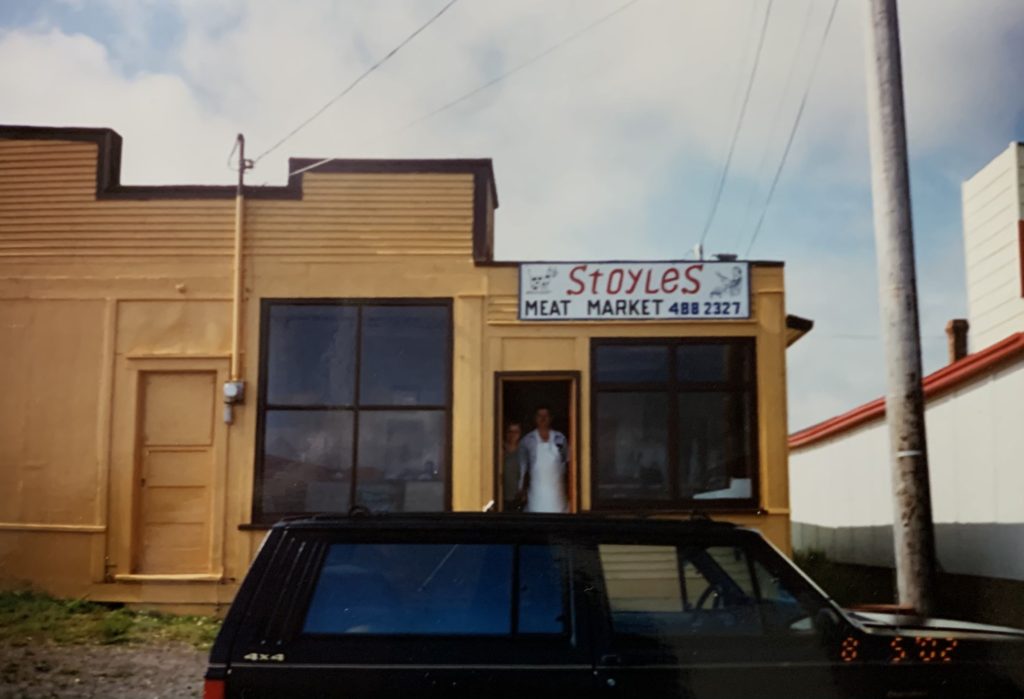
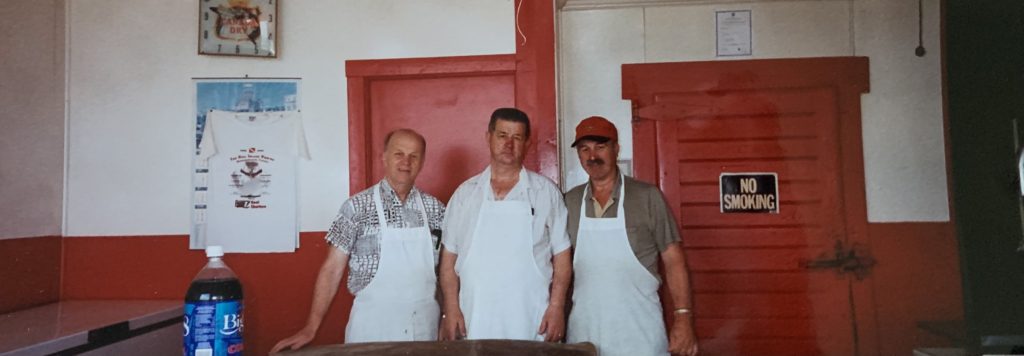






This was so awesome. Thank you for sharing. Bell Island is certainly a special place and I loved the pictures of all my uncles and aunts.
Thank you so much for reading and watching! Loved being able to share a small piece of our family’s story.